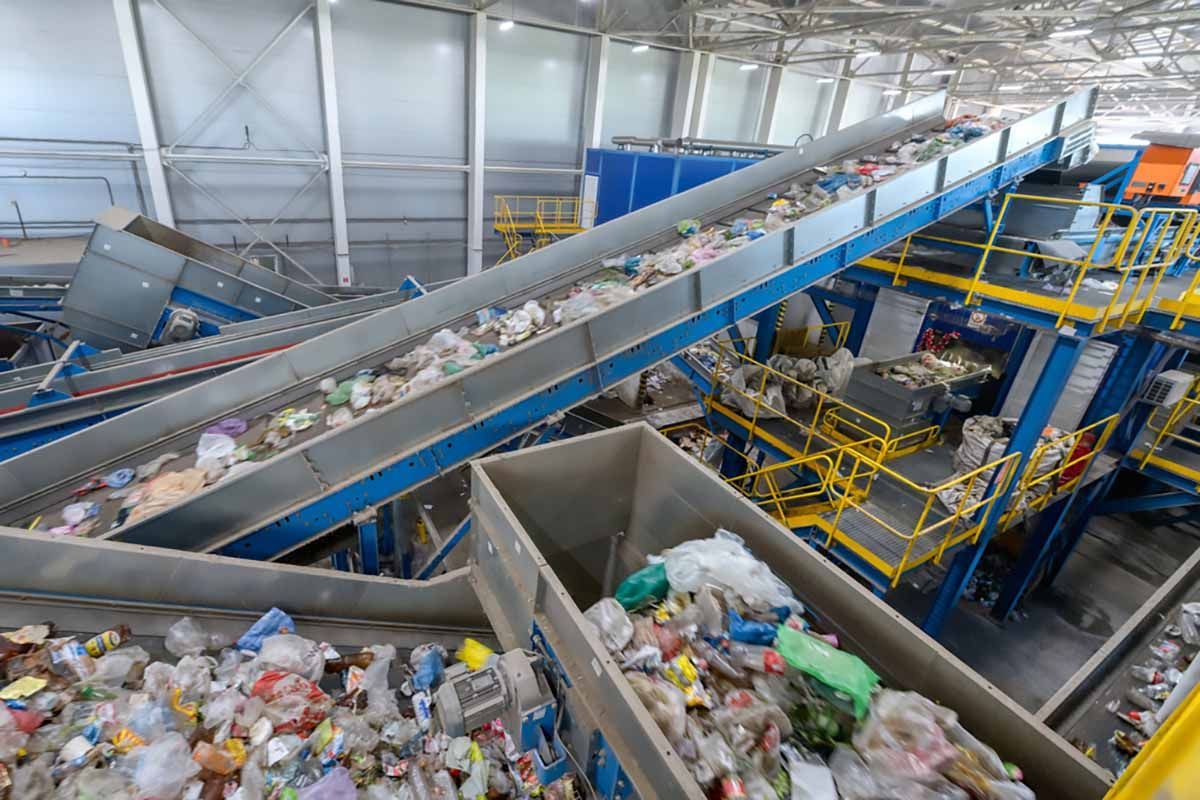Soil Health Can Help Combat Climate Change
June 11, 2019
One knows that the issue of soil health has vaulted into the mainstream when an industrial agriculture giant like Cargill collaborates with the Soil Health Institute in an $850,000 effort to help farmers gauge the economic benefits of regenerative farming. For many farmers, adopting practices that promote soil health can require significant changes to traditional practices. Reducing tillage, reducing or eliminating chemical fertilizers, and planting cover crops all can present challenges to the agricultural status quo.
Why the urgency driving a call for a significant change in the way our food is produced? According to a recent article in The Guardian, “the world could run out of topsoil in about 60 years…Without topsoil, the earth’s ability to filter water, absorb carbon, and feed people plunges. Not only that, but the food we do grow will probably be lower in vital nutrients.”
Also, according to a report by the Intergovernmental Science-Policy Platform on Biodiversity and Ecosystem Services (IPBES), “land degradation caused by human activities is undermining the well-being of two fifths of humanity, driving species extinctions and intensifying climate change.”
“The global community of experts has delivered a frank and urgent warning, with clear options to address dire environmental damage,” said Sir Robert Watson, Chair of IPBES. “Land degradation, biodiversity loss and climate change are three different faces of the same central challenge: the increasingly dangerous impact of our choices on the health of our natural environment. We cannot afford to tackle any one of these three threats in isolation – they each deserve the highest policy priority and must be addressed together.”
In contrast to industrial agriculture, what benefits does regenerative farming offer? In 2014, the Rodale Institute stated, “With the use of cover crops, compost, crop rotation and reduced tillage, we can actually sequester more carbon than is currently emitted, tipping the needle past 100% to reverse climate change.” In addition to being a tool for combatting climate change, improved soil health through specific practices can provide on-farm benefits, as a recent report from the New York Soil Health Initiative describes:
- Expanding the use of fall and winter cover crops increases the uptake of carbon dioxide, which in turn significantly increases soil organic matter.
- Crop rotation “breaks pest cycles, adds nutrients or organic matter, maximizes soil biodiversity, and provides other benefits,” the report states.
- Reducing tillage “slows the pace of organic matter decomposition so that nutrient release happens gradually, matching crop nutrient needs.”
- Compost and other soil amendments “improve soil structure, water and nutrient retention, water infiltration rate and drainage, and can promote beneficial soil organisms.”
Entitled New York Soil Health Roadmap, the Initiative’s report concludes with the following goals and priorities:
Develop a stakeholder network, a key role of which will be to communicate with policymakers the critical importance of soil health issues;
- Overcome barriers to the adoption of effective soil health practices;
- Integrate soil health programming with climate change policy initiatives; and
- Integrate water and nutrient management with soil health programming.
NERC has contributed to the dialogue on soil health, by consistently advocating for expanded training and education around compost. Its efforts range from composting in the home and school to food recovery and the use of compost in infrastructure projects. All of NERC’s extensive work on compost and organics can be found on its website.
By Robert Kropp, NERC staff
Share Post





